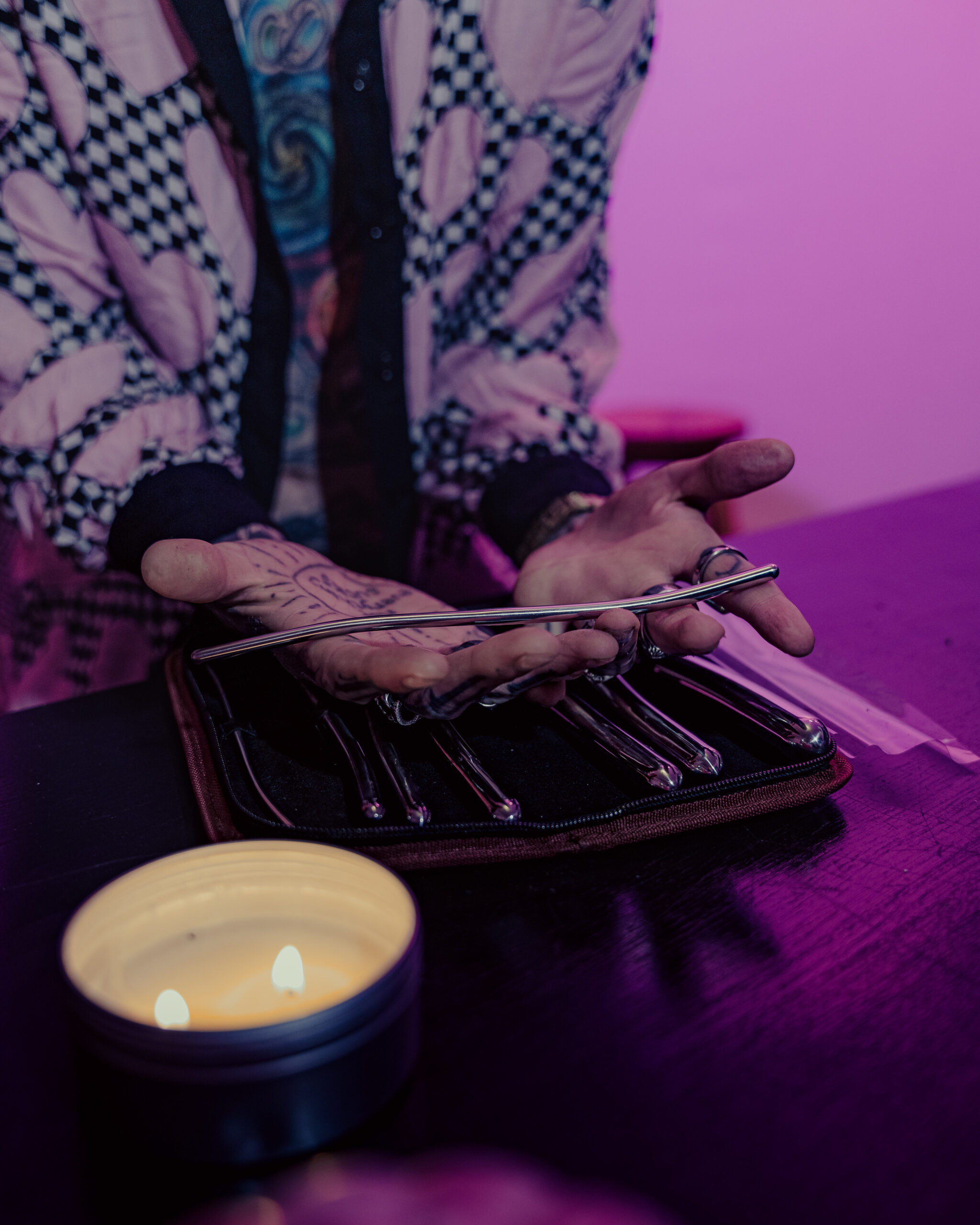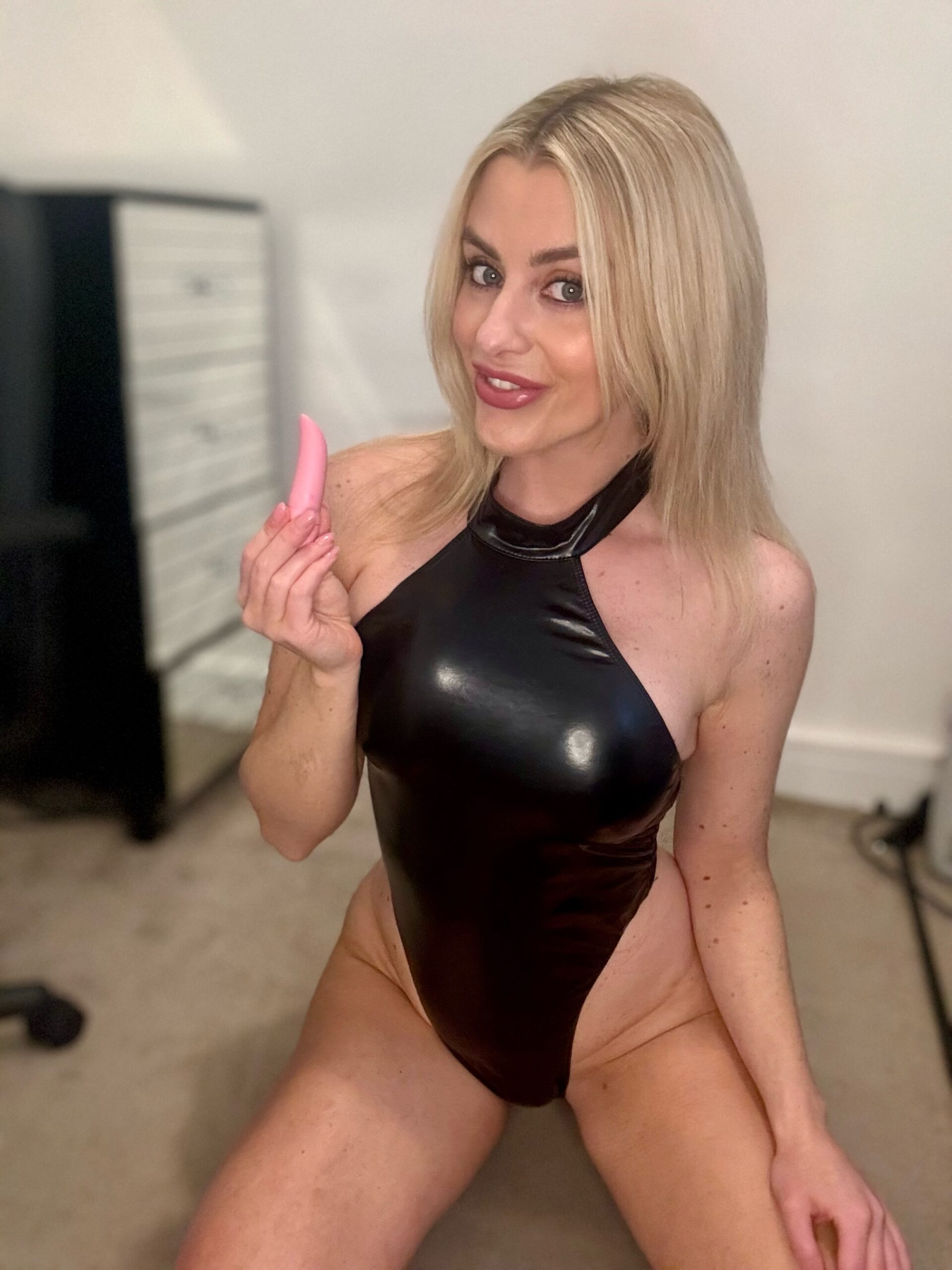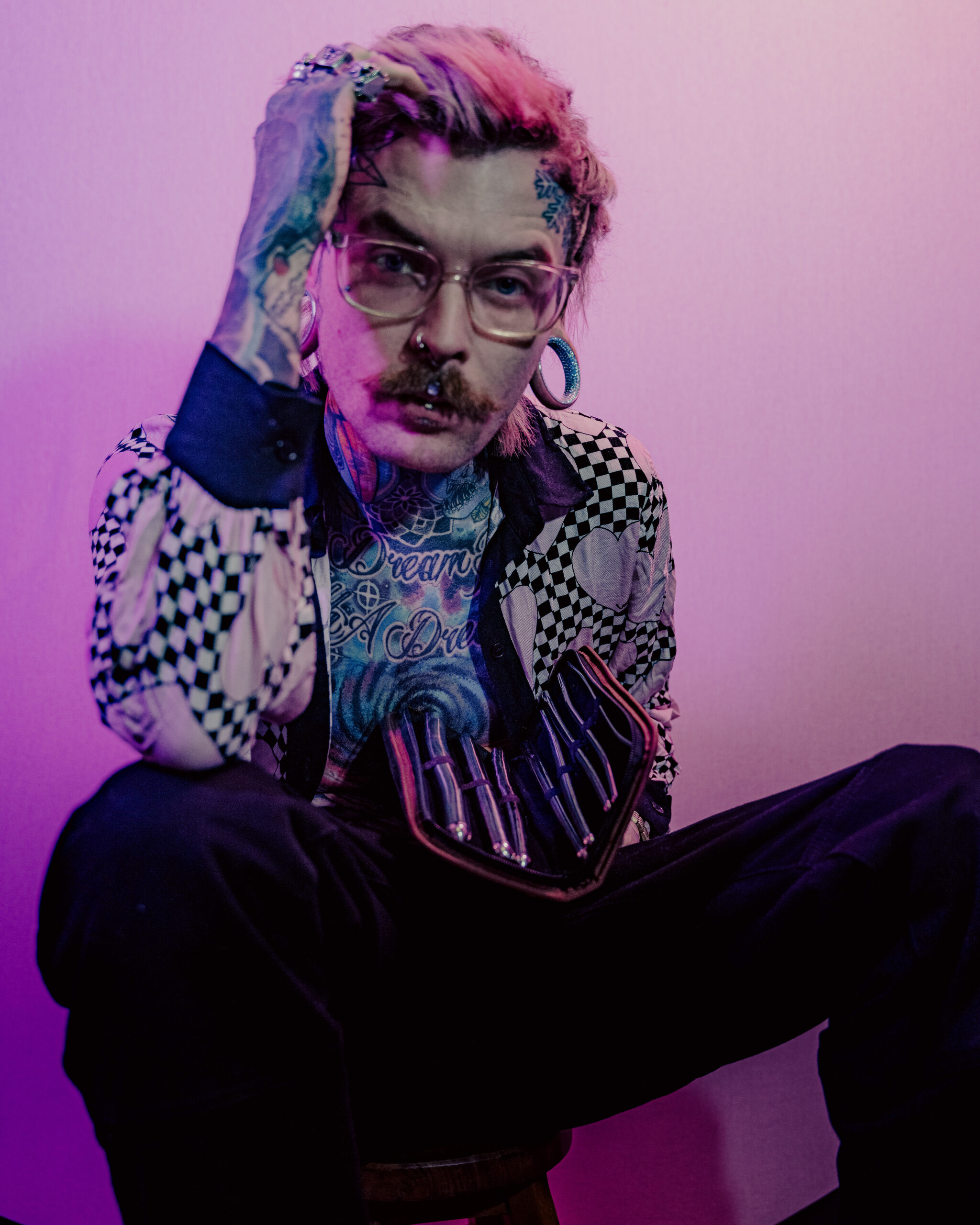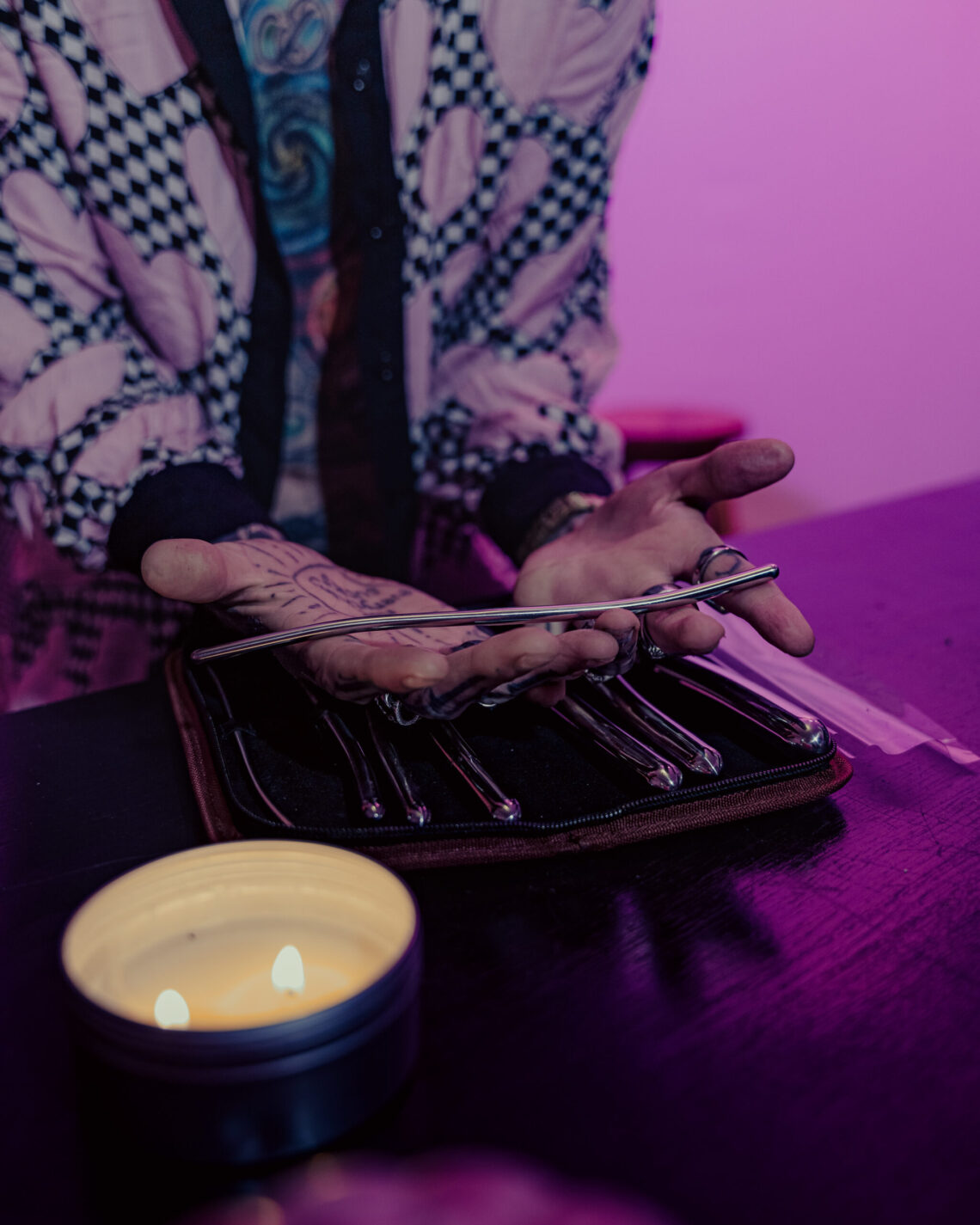Understanding Gyneosexuality
Gynesexuality refers to romantic and sexual attraction towards individuals who present as feminine, regardless of their gender identity. This term acknowledges the spectrum of gender expression and recognizes that attraction can be based on perceived femininity rather than a person’s assigned sex at birth.
Definition and Scope
Gynesexuality is an umbrella term encompassing romantic and sexual attraction towards individuals who express femininity, irrespective of their gender identity. It recognizes that attraction can stem from how someone presents DTF Post themselves rather than their biological sex.
- Attraction to feminine traits, mannerisms, or styles can be a defining characteristic of gynesexuality.
- Individuals who identify as gynesexual may find themselves drawn to both transgender women and cisgender women.
- It’s important to note that gynesexuality is distinct from heterosexuality, which typically refers to attraction towards the opposite sex based on traditional gender roles.
Historical Context
Historically, understanding of sexual orientation and gender identity has evolved significantly. In the past, societal norms and expectations often dictated how individuals expressed their gender and who they were attracted to. Concepts like “masculine” and “feminine” were rigidly defined, and deviating from these norms was often met with disapproval.
The emergence of terms like gynesexuality reflects a growing awareness and acceptance of diverse sexual orientations and gender expressions. As societies become more inclusive and open-minded, individuals feel empowered to explore their identities and express them authentically.
While the term “gynesexuality” is relatively recent, its roots can be traced back to historical discussions about attraction based on perceived gender roles rather than biological sex. Early feminist movements challenged traditional gender norms and paved the way for a more nuanced understanding of sexuality.
Cultural Perceptions and Stigma
Gynesexuality refers to romantic and sexual attraction towards individuals who present as feminine, regardless of their gender identity. This term acknowledges the spectrum of gender expression and recognizes that attraction can be based on perceived femininity rather than a person’s assigned sex at birth.
Attraction to feminine traits, mannerisms, or styles can be a defining characteristic of gynesexuality. Individuals who identify as gynesexual may find themselves drawn to both transgender women and cisgender women.
It’s important to note that gynesexuality is distinct from heterosexuality, which typically refers to attraction towards the opposite sex based on traditional gender roles.
Historically, understanding of sexual orientation and gender identity has evolved significantly. In the past, societal norms and expectations often dictated how individuals expressed their gender and who they were attracted to. Concepts like “masculine” and “feminine” were rigidly defined, and deviating from these norms was often met with disapproval.
The emergence of terms like gynesexuality reflects a growing awareness and acceptance of diverse sexual orientations and gender expressions. As societies become more inclusive and open-minded, individuals feel empowered to explore their identities and express them authentically.
While the term “gynesexuality” is relatively recent, its roots can be traced back to historical discussions about attraction based on perceived gender roles rather than biological sex. Early feminist movements challenged traditional gender norms and paved the way for a more nuanced understanding of sexuality.
Experiences of Gynesexual Individuals
Gynesexuality is a term that describes romantic and sexual attraction towards individuals who express femininity, regardless of their gender identity. It recognizes that attraction can be based on how someone presents themselves rather than their biological sex.
Coming to Terms with Identity
Coming to terms with one’s gynesexual identity can be a deeply personal journey. For some, it might involve a gradual realization through introspection and self-reflection.
Others may have a sudden epiphany or experience a moment of clarity where they recognize their attraction patterns. The process can be influenced by various factors, including personal experiences, societal influences, and exposure to diverse perspectives on gender and sexuality.
It’s important for individuals exploring their gynesexuality to create a safe and supportive environment for themselves. This might involve connecting with online communities or support groups where they can share experiences, find understanding, and build connections with others who identify as gynesexual.
Seeking guidance from therapists or counselors specializing in LGBTQ+ issues can also be beneficial. They can provide a non-judgmental space to process emotions, navigate challenges, and develop coping strategies.
Ultimately, coming to terms with one’s gynesexuality is about self-acceptance and embracing the fullness of who you are. It’s a journey of empowerment, authenticity, and finding love and connection on your own terms.
Finding Community and Support
Finding community and support is crucial for gynesexual individuals as they navigate their identity and experiences. Historically, societal norms and expectations often marginalized diverse sexual orientations and gender expressions, leaving many feeling isolated and alone.
Thankfully, the landscape is changing with growing awareness and acceptance of LGBTQ+ identities. Online platforms have become invaluable resources for gynesexual individuals to connect with others who share similar experiences. Online forums, support groups, and social media communities provide a safe space to discuss challenges, celebrate triumphs, and build meaningful relationships.
In addition to online communities, local LGBTQ+ organizations and centers often offer in-person support groups, workshops, and social events tailored to the needs of gynesexual individuals. These spaces foster a sense of belonging and provide opportunities for personal growth and connection within a supportive community.
It is important to remember that finding the right community may take time and exploration. Individuals may connect with different groups or online platforms based on their preferences, experiences, and needs. The key is to keep searching until you find a space where you feel accepted, understood, and supported in your journey of self-discovery.
Dating and Relationships
Gynesexuality refers to romantic and sexual attraction towards individuals who present as feminine, regardless of their gender identity. This term acknowledges the spectrum of gender expression and recognizes that attraction can be based on perceived femininity rather than a person’s assigned sex at birth.
Attraction to feminine traits, mannerisms, or styles can be a defining characteristic of gynesexuality. Individuals who identify as gynesexual may find themselves drawn to both transgender women and cisgender women.
It’s important to note that gynesexuality is distinct from heterosexuality, which typically refers to attraction towards the opposite sex based on traditional gender roles.
Historically, understanding of sexual orientation and gender identity has evolved significantly. In the past, societal norms and expectations often dictated how individuals expressed their gender and who they were attracted to. Concepts like “masculine” and “feminine” were rigidly defined, and deviating from these norms was often met with disapproval.
The emergence of terms like gynesexuality reflects a growing awareness and acceptance of diverse sexual orientations and gender expressions. As societies become more inclusive and open-minded, individuals feel empowered to explore their identities and express them authentically.
While the term “gynesexuality” is relatively recent, its roots can be traced back to historical discussions about attraction based on perceived gender roles rather than biological sex. Early feminist movements challenged traditional gender norms and paved the way for a more nuanced understanding of sexuality.

Gynesexuality is a term that describes romantic and sexual attraction towards individuals who express femininity, regardless of their gender identity. It recognizes that attraction can be based on how someone presents themselves rather than their biological sex.
Coming to terms with one’s gynesexual identity can be a deeply personal journey. For some, it might involve a gradual realization through introspection and self-reflection.
Others may have a sudden epiphany or experience a moment of clarity where they recognize their attraction patterns. The process can be influenced by various factors, including personal experiences, societal influences, and exposure to diverse perspectives on gender and sexuality.
It’s important for individuals exploring their gynesexuality to create a safe and supportive environment for themselves. This might involve connecting with online communities or support groups where they can share experiences, find understanding, and build connections with others who identify as gynesexual.
Seeking guidance from therapists or counselors specializing in LGBTQ+ issues can also be beneficial. They can provide a non-judgmental space to process emotions, navigate challenges, and develop coping strategies.
Ultimately, coming to terms with one’s gynesexuality is about self-acceptance and embracing the fullness of who you are. It’s a journey of empowerment, authenticity, and finding love and connection on your own terms.
Finding community and support is crucial for gynesexual individuals as they navigate their identity and experiences. Historically, societal norms and expectations often marginalized diverse sexual orientations and gender expressions, leaving many feeling isolated and alone.
Thankfully, the landscape is changing with growing awareness and acceptance of LGBTQ+ identities. Online platforms have become invaluable resources for gynesexual individuals to connect with others who share similar experiences. Online forums, support groups, and social media communities provide a safe space to discuss challenges, celebrate triumphs, and build meaningful relationships.
In addition to online communities, local LGBTQ+ organizations and centers often offer in-person support groups, workshops, and social events tailored to the needs of gynesexual individuals. These spaces foster a sense of belonging and provide opportunities for personal growth and connection within a supportive community.
It is important to remember that finding the right community may take time and exploration. Individuals may connect with different groups or online platforms based on their preferences, experiences, and needs. The key is to keep searching until you find a space where you feel accepted, understood, and supported in your journey of self-discovery.
Challenges and Discrimination
Understanding and accepting diverse sexual orientations and gender identities is crucial for creating a more inclusive and equitable society. Gynesexuality, which describes attraction to individuals who express femininity regardless of their gender identity, highlights the complexity of human experience and challenges traditional notions of sexuality. While progress has been made in advancing LGBTQ+ rights and acceptance, gynesexual individuals still face unique challenges and discrimination.
Misconceptions and Stereotypes
Challenges and discrimination faced by gynesexual individuals often stem from a lack of understanding and societal biases surrounding gender and sexuality. Gynesexuality itself can be misunderstood or mislabeled, leading to confusion and prejudice.
Some individuals may experience internalized homophobia or transphobia, which can create self-doubt and make it harder to embrace their gynesexual identity.
Furthermore, societal expectations and stereotypes around gender roles can pressure gynesexual individuals to conform to traditional norms, making it difficult to express their true selves openly and authentically.
Misconceptions and stereotypes surrounding gynesexuality can also lead to harmful assumptions about an individual’s character or intentions. For example, some might perceive gynesexual attraction as superficial or solely focused on appearances, failing to recognize the genuine emotional connection involved.
These misconceptions contribute to a climate of prejudice and discrimination that can manifest in various forms, including social exclusion, harassment, bullying, and even violence.
Overcoming these challenges requires ongoing education, awareness-raising, and advocacy efforts to promote understanding and acceptance of diverse sexual orientations and gender identities. It’s essential to create safe and inclusive spaces where gynesexual individuals can feel comfortable expressing themselves without fear of judgment or discrimination.
Internalized Homophobia and Transphobia
Understanding and accepting diverse sexual orientations and gender identities is crucial for creating a more inclusive and equitable society. Gynesexuality, which describes attraction to individuals who express femininity regardless of their gender identity, highlights the complexity of human experience and challenges traditional notions of sexuality. While progress has been made in advancing LGBTQ+ rights and acceptance, gynesexual individuals still face unique challenges and discrimination.
Challenges and discrimination faced by gynesexual individuals often stem from a lack of understanding and societal biases surrounding gender and sexuality. Gynesexuality itself can be misunderstood or mislabeled, leading to confusion and prejudice.
Some individuals may experience internalized homophobia or transphobia, which can create self-doubt and make it harder to embrace their gynesexual identity.
Furthermore, societal expectations and stereotypes around gender roles can pressure gynesexual individuals to conform to traditional norms, making it difficult to express their true selves openly and authentically.
Misconceptions and stereotypes surrounding gynesexuality can also lead to harmful assumptions about an individual’s character or intentions. For example, some might perceive gynesexual attraction as superficial or solely focused on appearances, failing to recognize the genuine emotional connection involved.
These misconceptions contribute to a climate of prejudice and discrimination that can manifest in various forms, including social exclusion, harassment, bullying, and even violence.
Overcoming these challenges requires ongoing education, awareness-raising, and advocacy efforts to promote understanding and acceptance of diverse sexual orientations and gender identities. It’s essential to create safe and inclusive spaces where gynesexual individuals can feel comfortable expressing themselves without fear of judgment or discrimination.
Societal Biases and Prejudice
Gynesexuality, as a term relatively new in the lexicon of sexuality, faces challenges similar to other less mainstream sexual orientations. Discrimination stems from societal biases and a lack of understanding surrounding gender identity and expression.
One major hurdle is the persistent conflation of gynesexuality with heterosexuality or transphobia. Some individuals might assume that attraction to feminine traits inherently means one is attracted only to transgender women, overlooking cisgender women who also present feminine characteristics. This misunderstanding can lead to prejudice and exclusion.
Internalized homophobia or transphobia within the gynesexual community itself can also be a challenge. Individuals may struggle with self-acceptance due to societal stigma and internalized messages that equate non-conformity to gender norms as wrong or undesirable.

Furthermore, rigid gender roles and expectations can create pressure on gynesexual individuals to conform. They might face disapproval or judgment for expressing their attraction in ways deemed unconventional by societal standards.
Combating these challenges requires ongoing education and open dialogue. Increasing visibility of gynesexual individuals through media representation and personal narratives can help challenge stereotypes and promote understanding.
Creating safe spaces where individuals can freely express themselves without fear of judgment is also crucial. This includes fostering inclusive environments within communities, workplaces, and educational institutions.
Ultimately, acceptance of gynesexuality depends on a society that embraces diversity in all its forms, celebrates individual identities, and recognizes the right of everyone to love and be loved authentically.
Representation and Advocacy
Representation and advocacy are essential for fostering understanding and acceptance of diverse sexual orientations and gender identities. Gynesexuality, which refers to attraction towards individuals who express femininity regardless of their gender identity, is a relatively new term that highlights the spectrum of human experience and challenges traditional notions of sexuality.
Advocacy efforts are crucial for challenging stereotypes and misinformation surrounding gynesexuality. By amplifying the voices of gynesexual individuals and sharing their stories, we can create a more inclusive and equitable society where everyone feels seen, heard, and respected.
Visibility in Media and Culture
Supporting LGBTQ+ Inclusive Spaces

Representation in media, literature, and popular culture is vital for normalizing diverse sexual orientations and gender identities, including gynesexuality. Seeing characters who identify as gynesexual portrayed authentically and positively can help break down stereotypes and misconceptions, making it easier for individuals to understand and accept themselves or their loved ones.
Advocacy efforts are crucial for challenging discrimination and promoting the rights of gynesexual people. This includes supporting legislation that protects LGBTQ+ individuals from harassment and violence, as well as advocating for equal access to healthcare, housing, and employment opportunities. It also involves working to ensure that educational institutions and workplaces are inclusive and welcoming to all genders and sexual orientations.
Supporting organizations that focus on LGBTQ+ rights and visibility is another important way to contribute to a more inclusive society. Donating time or resources to these organizations can help them provide vital services, such as legal aid, counseling, and community support, to gynesexual individuals and their families.
Promoting Education and Understanding
Understanding and accepting diverse sexual orientations and gender identities is crucial for creating a more inclusive and equitable society. Gynesexuality, which describes attraction to individuals who express femininity regardless of their gender identity, highlights the complexity of human experience and challenges traditional notions of sexuality.
- Education and Awareness-Raising:
- Media Representation:
- Inclusive Language:
- Safe Spaces and Support Networks:
Promoting education about gynesexuality and other diverse sexual orientations is crucial for dispelling myths, challenging stereotypes, and fostering understanding. This can involve providing accurate information through schools, community centers, and online platforms.
Increased visibility of gynesexual characters in film, television, literature, and other forms of media is essential for normalizing diverse experiences and showcasing the richness of human identity.
Using respectful and inclusive language when discussing gender and sexuality is vital. Avoiding harmful stereotypes and using terminology that reflects individuals’ self-identified identities creates a more welcoming and accepting environment.
Creating safe spaces where gynesexual individuals can connect with others who understand their experiences is crucial for providing emotional support, combating isolation, and fostering a sense of belonging.
These efforts are essential steps in creating a society that values diversity, respects individual identities, and promotes equality for all.
what is a sybian machine
Cycle for Azaylia
- Will People Notice If I Get Fillers? - June 24, 2025
- What Is The Cost Of Jowl Treatment In Kingston Upon Thames And Surrey - June 21, 2025
- Upper Face Anti Wrinkle Treatment Near Bourne, Surrey - June 15, 2025





